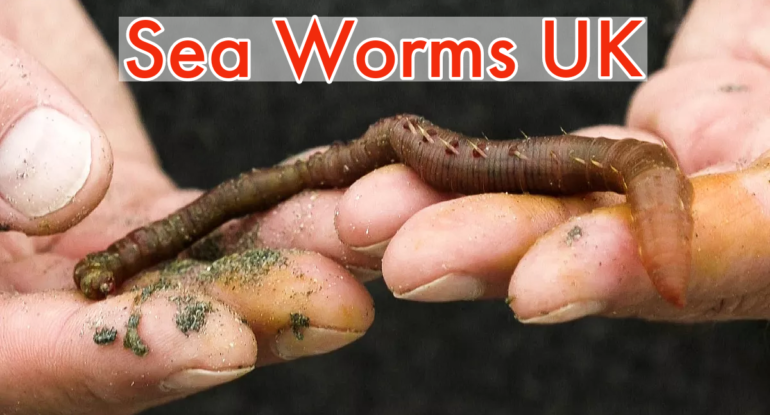Sea worms UK Introduction
Sea Worms UK- There are so many worms you will find in your garden and anywhere in the mud. But some of them worm live in sea water called Sea worms. They also exhibit numerous types of reproduction. Sea worms UK are different from garden worms. They have different circulatory and digestive system. They are belong to the different phyla including Platyhelminthes, Nematoda, Annelida, Chaetognatha, Hemichordata and Phoronida.
Sea worms UK are herbivores, carnivores, parasites, detritivores, or even filter feeders too. They can easily found in mud with stones and sand.
The Sea worms have variety of circulation and respiration processes. They can live in both fresh water and salted water. They can also live in extremely deep oceanic trenches too. There are varieties of Sea worms UK found in sea, river and ocean and also important food source for many fish and wading birds.
Types of sea worms UK
There are various types of Sea worms UK live in freshwater sea, salted water lakes and river and ocean. Few of them are listed below
| NO. | Sea worms UK | Scientific name | Length | shape and colour | Habitats |
| 1 | Horsehair worm | Nematomorpha | 50mm-2m | Horsehair worms are long, thin and roundworms | Freshwater and Marine |
| 2 | Planaria | Tricladida | 0.5-8cm | Planaria are flatworms and mostly identified by the positioning or amount of their eye-spots called ocelli | Freshwater and Marine |
| 3 | Green-leaf worm | Eulalia clavigera | 5-15cm in length and up to 2.5cm width | Green-leaf worm are vibrant green and the most attractive worm found on the rocky shore | Marine water |
| 4 | Spirorbis tube worm | Spirorbis Spp | 3-4mm | These are tiny tube worms look like small white spiral shell | Coastal and Marine |
| 5 | Honeycomb worm | Sabellaria alveolata | Up to 1m tall and several metres long | A hard honeycomb structure attached to rocks on the seashore | Coastal and Marine |
| 6 | Sea mouse | Aphrodita aculeata | 7-15cm and width Up to 6cm | It is an oval shaped worm covered in grey bristles, the edges fringed with iridescent bristles these are blue, green and gold. colour | Marine |
| 7 | Sand mason worm | Lanice conchilega | Worm length is 30cm and Tube, length is 45cm but only 5cm above the seabed | They look like a bit mini sand tree. The worm and tube are long but buried in the sand save for a small section which sticks out the top. | Coastal and Marine |
| 8 | Ragworm | Hediste diversicolor | 6-12cm | They are reddish-brown to black and have hundreds of small legs running down the side of their body which are usually yellowish in colour | Coastal and Marine |
| 9 | Lugworm | Arenicola marina | 12-20cm | They are large marine worms long and vary in colour, from pink or greenish to dark brown or black | Coastal and Marine |
1. Horsehair worm
Horsehair worms are long, thin and small roundworms. The most well-known characteristic that certain types of horsehair worms is their capability to alter the behaviour of crickets and grasshoppers to search for water, which causes hosts to submerge to complete its life cycle.
Eggs are laid on sticky strings that are placed underwater or on nearby plants based upon the specific species. After hatching larvae, they can engorge to live until they are consumed. Horsehair sea worms UK, however, require an arthropod host in order to complete their life cycle.
Types of Sea Birds UK
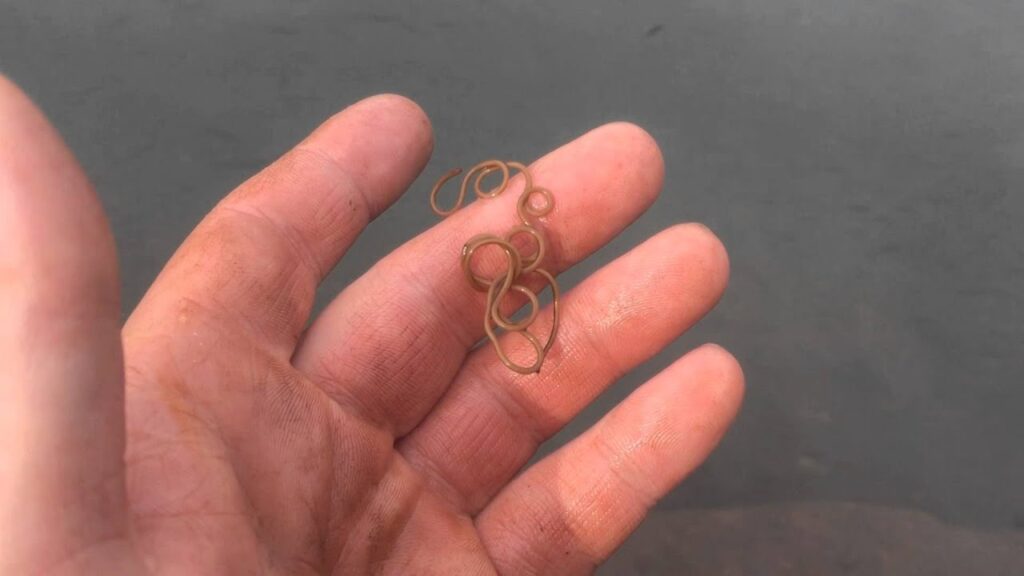
2. Planaria Sea worm UK
Planaria are flatworms that belong to the phylum Platyhelminthes. There are a variety of sea worms UK living in freshwater marine, terrestrial and freshwater ecosystems. There are 12 Planaria species found in the UK.
They are carnivores and feed on a wide range of smaller invertebrates , such as shrimp and water fleas found in aquatic habitats or tiny worms. Planaria are carnivores that feed on a wide range of smaller invertebrates like water fleas and shrimp in water habitats as well as other worms of a smaller size.
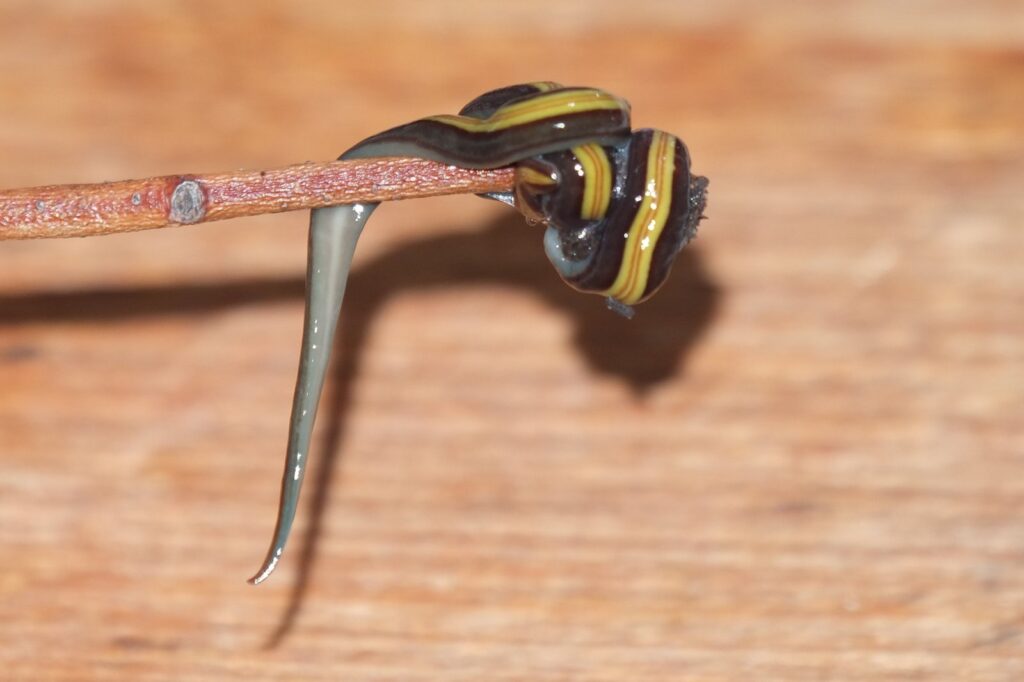
3. Green-leaf Sea worm
The distinctive bright green worm can grow to up to 15cm in length as well as 2.5cm wide. Its body is split into 200 segments. Those UK sea worms are an important source of food for numerous wading, fish and birds also referred to as keystone species.
They also have large red eyes , with two pairs of antennae with short lengths and one antenna located in the front of their eyes. They are easily found in all British as well as Irish coasts.
Read a detail guide on UK Jellyfish
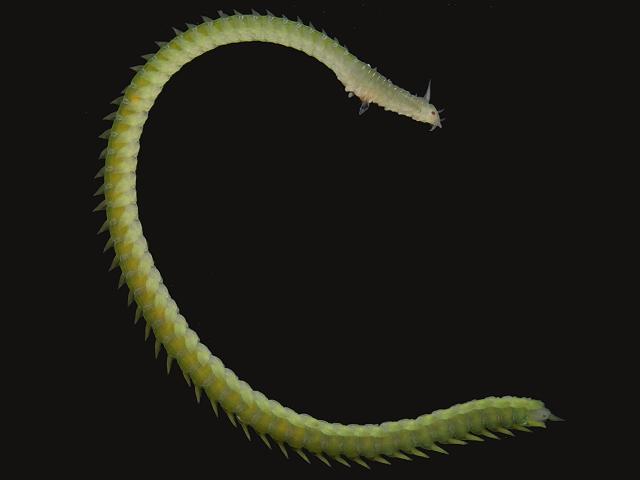
4. Spirorbis tube worm
These are tiny tubeworms. Small white spiral shell that is found in the fronds of seaweeds or under rocks on the shoreline of the rocky. They’re usually located in large quantities.
The worm is permanently housed in these smooth, white tubes. It is only tiny millimetres wide with a bright, orange hue. They can be often found on the shores of rocky beaches throughout UK coastlines.

5. Honeycomb sea worm UK
A honeycomb-like structure that is hard and attached to man-made or natural structures that are found along the shoreline. The honeycomb UK sea worm functions as a filter feeder that extends tentacles that feed into the water column once the tide is flowing to collect floating plankton particles or other debris.
They are found mostly along the shoreline, and can form hummock-shaped reefs over the majority of hard substrates, from rock to defences for the coast.
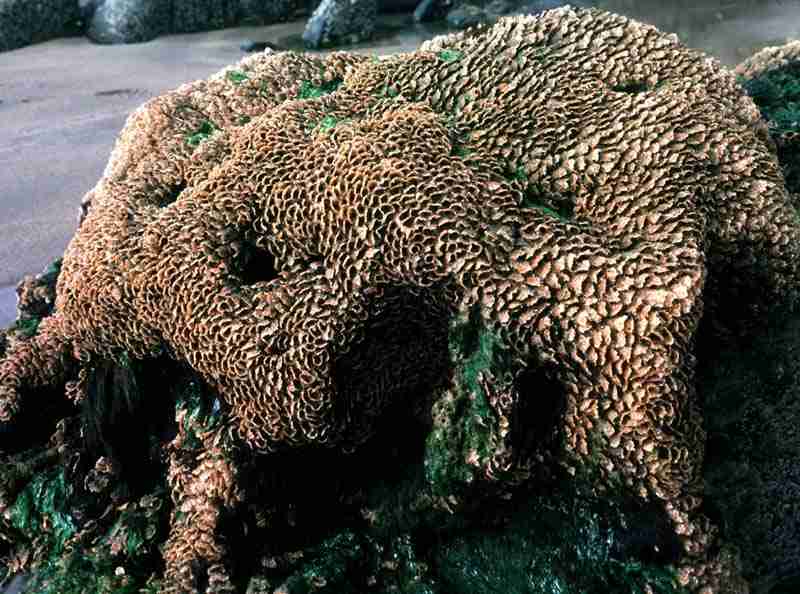
6. Sea mouse
Sea mouse are a marine worms. Its body is covered in bristles , which gives the appearance of fur. Sea mice are an active predator, snatching small crabs and other worms that live on the sea’s bottom. They can also be found on the entire UK coastlines.
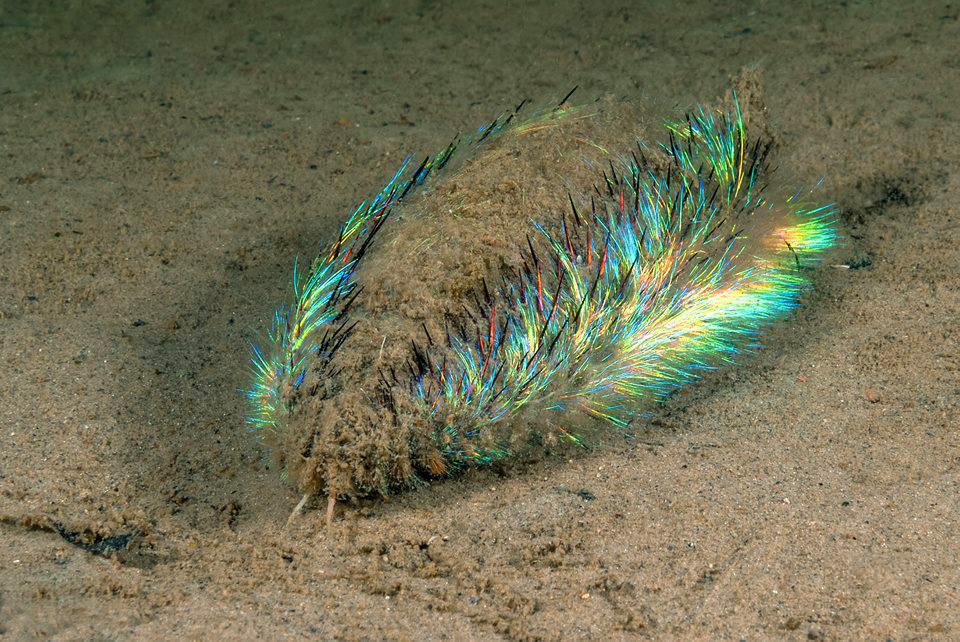
7. Sand mason worm
They look like thin tubes made of sand and shell fragments, sometimes solitary but often in dense beds. The worm tube is buried in sand, leaving only the top protruding. The tubes tops also decorated with a beautiful branching structure made from shells and sand. They can be seen alone or in a dense bed with thousands of people.
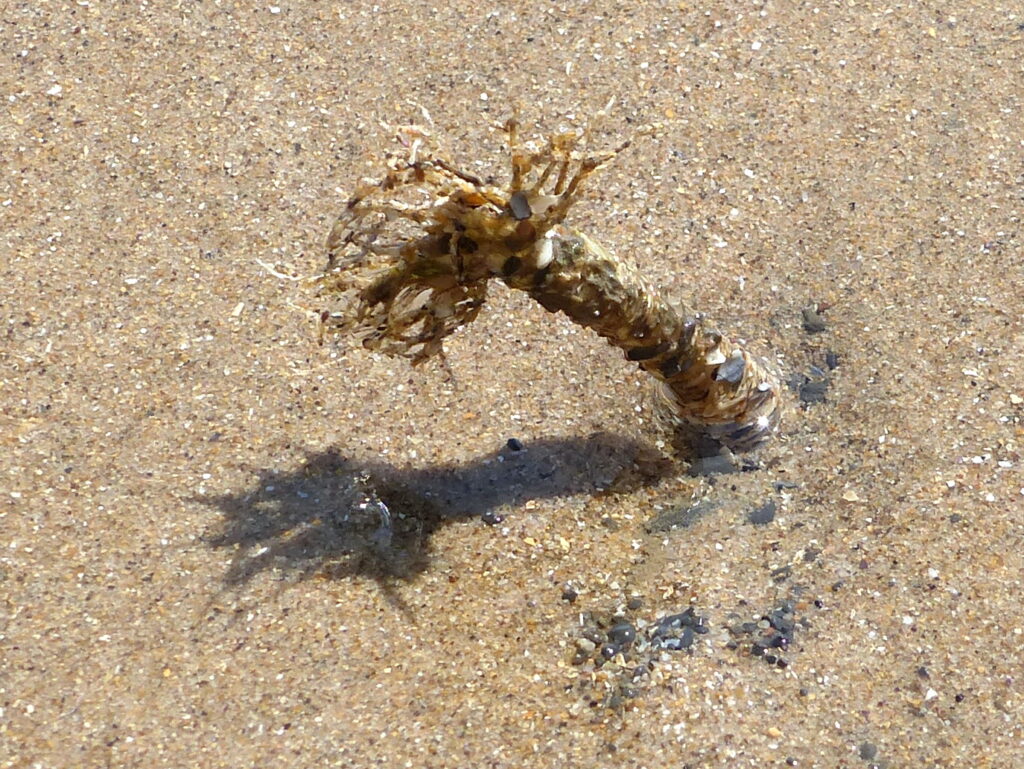
8. Ragworm
The ragworm is very common all over the UK. It is found in burrows in muddy seabed and appears much like an aquatic millipede. Ragworms are a favourite food source for flatfish and wading birds such as bar-tailed godwits and curlew.
They have a high degree of segmentation and appear like millipedes. They’re usually pale brown however males are vibrant green during breeding season. They are prevalent along the entire UK coasts, and are particularly prevalent in estuaries.
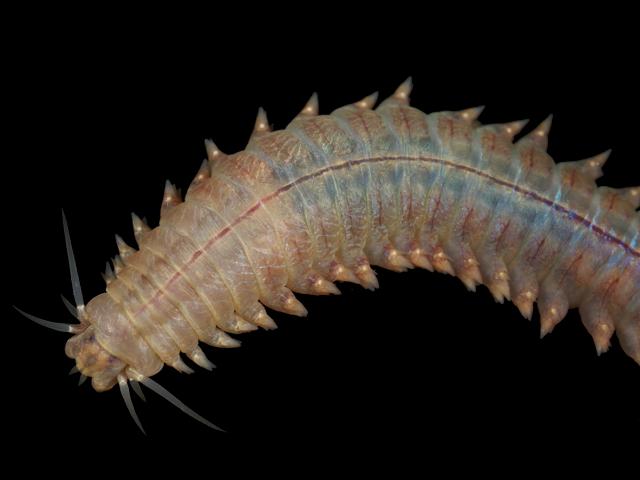
9. Lugworm
The Lugworm are like mounds on beaches and sea shores. There are 2 species of worm found in sea. The Blow Lugworm and the Black Lugworm. Lugworm are variable in colour from black or brown to pink or green. They are also tasty snack for birds like curlew and godwit. These sea worms UK are found on sandy and muddy shores all round our coasts.
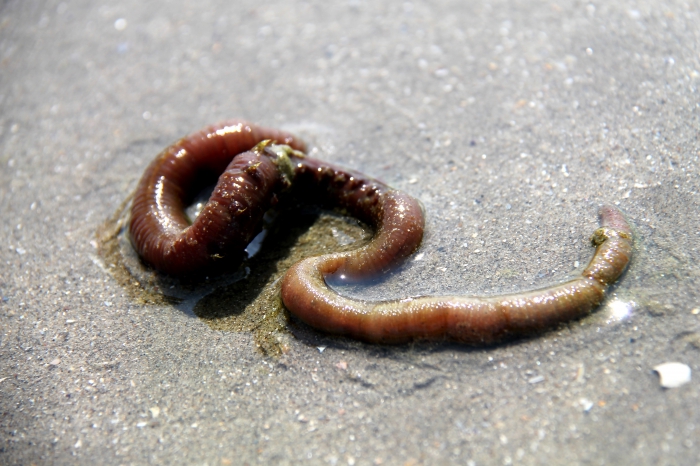
Different kind of Sea worms in UK According to their habitat
There are different kinds of sea worms found in UK. Some live in marine and freshwater and some of them live in sandy beaches, sandy rocks and sea shore .
1. Beach worms UK
The lugworms also called as sand worms. These are large marine sea worms UK. They are mostly found on beaches. These worms belong to phylum Annelida . A lugworms lives in U- Shape on the sand. They are various in colour black brown and pink. They also have large oxygen carrying capacity.
2. Tiny white worms in beach sand
The tiny white worms in beach sand also the sign of lugworms. They are various in colour and shape.
3. Sea millipede UK
The ragworm is also called as Sea millipede UK . They are highly common on UK shores. These worms looks a lot like an underwater millipede. They are also 6-12cm like normal millipedes and also highly segmented like millipede.
4. Glow worms UK
The glow-worm is not actually a worm but it is a beetle. Males look just like the typical beetles. However the night time glowing females are glowing to lure a partner in the dark grasslands habitats. The glow worms Larvae are similar looking to females but have light spots on either side of each body segment. They eats slugs and snails and live on trees and muds.
Sea worms UK Conclusion
Sea worms are some of the world’s unspoken heroes. They loosen and disperse the soil, degrade and reuse decaying plant matter and enrich the soil, bringing the nutrients the surface. Sea Worms UK are herbivores, carnivores and parasites too. Sea worms also inhabitant in different sea environment like fresh water even saltwater too. Mostly the sea worms are tasty snacks of sea animals and sea birds. some sea worms are deadly poisonous and live deep oceanic sea.
UK Sea worms FAQs
Q1. What are sea worms ?
Those worms live in sea water and sea shores and deep oceanic sea are known as sea worms.
Q2. Are sea worms UK poisonous?
Some of sea worms UK are deadly poisonous then cyanide and arsenic if they enter the human body cause death.
Q3. How many types of sea worms in UK?
There are 26 different species of worms in the UK and belongs to different phylum.
Q4. Where you can buy sea worms ?
There are different online and offline stores available for sea worms.
Q5. How to catch worms on the beach?
The catching worms on the beach is very dangerous and some of the beaches is illegal too. So you need to trained with some expertise because some of them are deadly dangerous than cyanide and arsenic.
Q6. When is glow worms UK season comes?
The glow worms are not actually a worms they are beetles . The glow worms UK season between May to September. The larvae of glow worms active between April to October. These are the best season you can see them.
Q7. What are Keel worms?
Tubes on a stone or shell are made by tiny worms are called Keel worms. They are live in tiny tubes when they want to feed pushes out tentacles and grab the plankton from sea water. Normally they found under the sea water where they can hide themselves easily.

